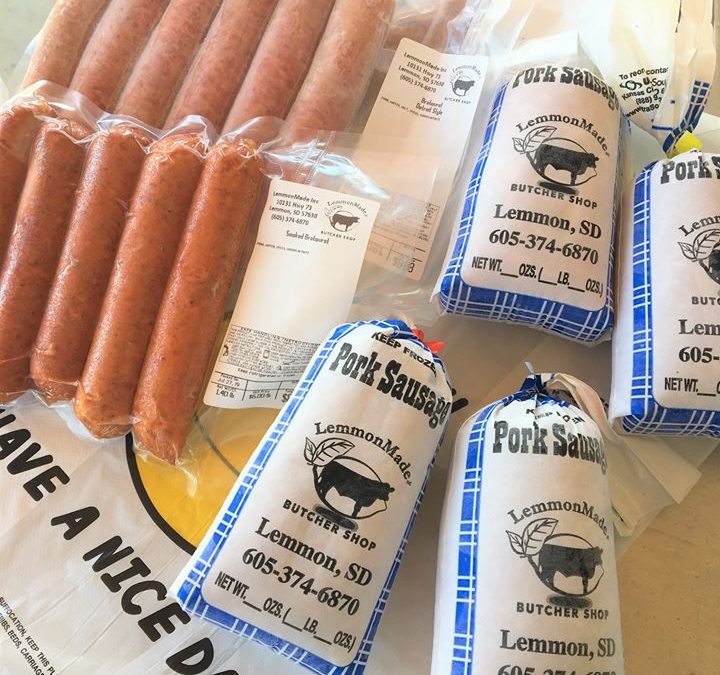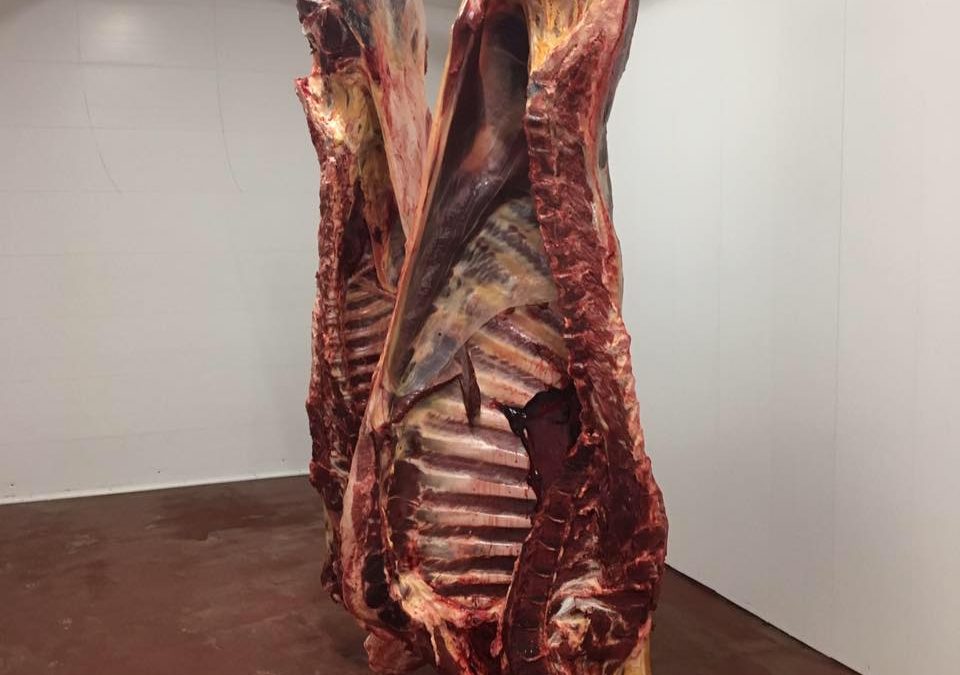
Why Does My Meat Turn Colors?
Why Does My Meat Turn Colors?
Myths and facts on the color of meat and poultry
When buying meat, one of the things we check is its color. We want something that looks bright and vibrant, because we believe that this indicates freshness. But, there may be more to meat colors than meet the eye.
Meat and poultry often have different colors depending on the source, freshness, and other factors, and these colors change as time passes after the meat is purchased, stored, and cooked.
We’ll explain to you below some of the most common misconceptions of consumers when it comes to meat colors, and the truth behind each one.
Myth: there is one specific meat color per source animal
While it’s true that the type of animal affects the meat color (such as white for poultry, and red for beef), other factors such as the animal’s age, sex, diet, and exercise also influence the color of its meat.
This is also why different parts of the same animal can have different colors. Leg muscles are worked harder than the loin area, which makes them darker and tougher. When it comes to age, older animals have more myoglobin, making their meat darker or more purplish.
Myth: red or pink meat means it is fresh
When buying meat at grocery stores or wet market, we often see the same type of meat in different colors, and always opt for the reddest beef and lamb, or the pinkest pork and veal, thinking that these are the freshest batch.
Aside from the explanation on the first myth, another reason why meat can have different colors is exposure to air. Vacuum sealed meat, especially those that are wet aged, often appear purplish, while meat that is constantly exposed to air, moisture, and light can appear red or brown.
This is also why meat is often more vibrant on the surface and duller on the insides, which is especially obvious in pre-packed ground meat, which looks red but is actually a dull brown in the center.
Myth: when the meat changes color, it means it’s spoiled
There are many reasons for meat changing colors that have nothing to do with spoilage. While spoiled meat is often darker or not as vibrant as a fresh one, more reliable ways of checking the meat’s freshness have to do with its texture, odor, and the presence of foreign substances like slime and fungus.
One common reason why meat changes its color is because it gets exposed to air, moisture, and different temperatures. This is especially true when you store meat in the freezer, which alters its color, texture, and tenderness, and can cause shrinkage and freezer burn.
Myth: the meat releases blood while cooking
The red liquid you see oozing from the meat and poultry when you buy it, and especially while cooking the meat, is actually not blood. Although there may be some residual blood from the meat, especially when it is freshly butchered, more often than not, this red liquid is actually oxymyoglobin.
This comes from the meat’s muscle tissues, which contains a protein called myoglobin- a purplish substance that becomes bright red once it reacts with oxygen, meaning, when the meat is exposed to air.
This also does not mean that the meat is not yet fully cooked. Pinkish centers simply mean that air and heat have reached the center of the meat, and reacted with the myoglobin.

